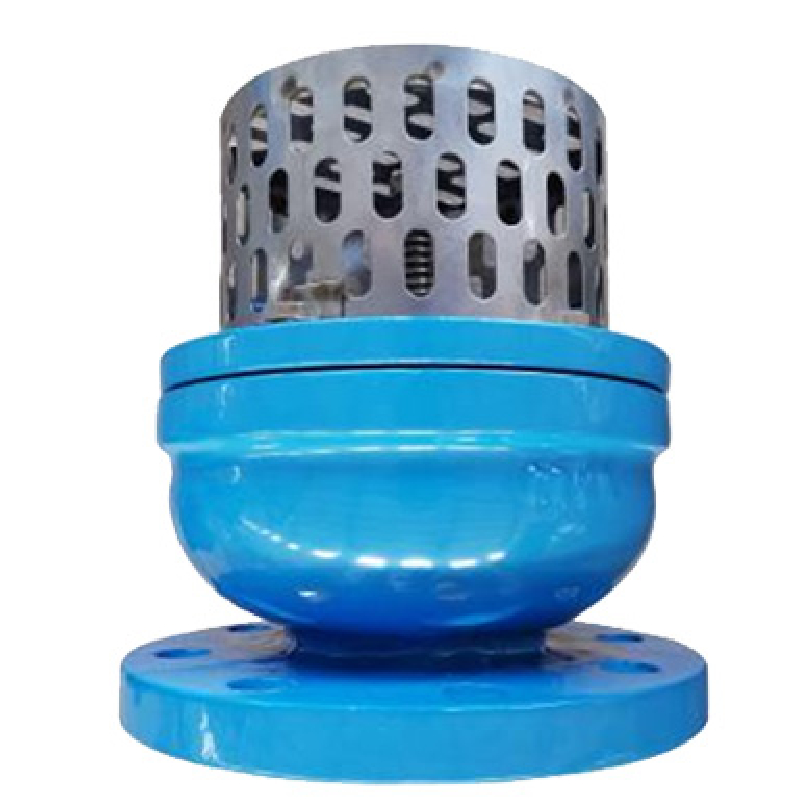Novemba . 28, 2024 01:12 Back to list
Exploring the Benefits and Applications of Wafer Butterfly Valves in Industrial Systems
Understanding Wafer Butterfly Valves An Essential Component in Fluid Control
Wafer butterfly valves are critical components in various fluid control systems, widely used across industries such as water treatment, power generation, oil and gas, and HVAC (heating, ventilation, and air conditioning). These valves are known for their simplicity, efficiency, and reliability, making them a popular choice for both professionals and engineers who seek effective solutions for managing flow.
What is a Wafer Butterfly Valve?
A wafer butterfly valve is a type of quarter-turn valve that uses a rotating disc to control the flow of fluid through a pipeline. The valve is designed to fit between two flanges, allowing for a more compact installation compared to traditional gate or globe valves. When the valve is fully open, the disc is parallel to the flow of fluid, minimizing resistance and pressure drop. When closed, the disc obstructs the flow, providing a tight seal.
The term “wafer” refers to the valve's design, which is thinner than many other valve types. This sleek profile not only saves space but also reduces the weight of the assembly, making it easier to transport, install, and maintain.
Key Features and Benefits
1. Compact Design The wafer-style construction allows for a uniform fit between flanges without the need for additional supports, which can be advantageous in space-restricted areas.
2. Lightweight Wafer butterfly valves are generally lighter than other valve types, which simplifies handling and installation. This aspect can lead to reduced transportation costs and easier integration into various systems.
3. Versatile Applications These valves can be used in a myriad of applications, including but not limited to, water supply systems, sewage treatment, chemical processing, and food and beverage services.
4. Cost-Effective Due to their simple design and the materials used in construction, wafer butterfly valves tend to be more economical than some other types of valves, making them an ideal choice for budget-conscious projects.
wafer butterfly valve

6. Minimal Maintenance With fewer moving parts and a robust design, wafer butterfly valves are low maintenance, leading to decreased downtime and operational costs.
Construction and Materials
Wafer butterfly valves are typically made from a variety of materials, such as stainless steel, carbon steel, cast iron, and plastic, allowing them to withstand various environments and corrosion. The disc can be constructed from resilient materials including EPDM, Viton, or PTFE, enhancing the valve's performance in specific applications.
The construction of these valves includes essential components such as the body, disc, stem, and actuator. The actuator can be manual, pneumatic, electric, or hydraulic, depending on the operational requirements of the system.
Installation and Maintenance
Installing wafer butterfly valves is relatively straightforward, making them an attractive option for many engineers. They need to be placed between two flanges, and proper alignment is crucial to ensure a leak-free operation. Additionally, it’s essential to follow the manufacturer’s guidelines regarding torque specifications to prevent damage during installation.
Although wafer butterfly valves require minimal maintenance, periodic inspections are recommended to ensure optimal performance. Common maintenance checks include confirming that the actuator functions correctly, inspecting the gasket for leaks, and examining the disc and seat for wear over time.
Conclusion
Wafer butterfly valves play a pivotal role in efficient fluid management across various sectors. Their numerous advantages, including compact design, cost-effectiveness, and low maintenance requirements, make them a vital choice for engineers seeking reliable flow control solutions. As industries continue to evolve and demand increasingly efficient systems, wafer butterfly valves are expected to remain a significant component in modern fluid handling and control applications. Understanding their functionality, benefits, and maintenance will empower users to maximize their performance while ensuring the longevity of the overall system.
Share
-
Reliable Wafer Type Butterfly Valves for Every IndustryNewsJul.25,2025
-
Reliable Flow Control Begins with the Right Ball Check ValveNewsJul.25,2025
-
Precision Flow Control Starts with Quality ValvesNewsJul.25,2025
-
Industrial Flow Control ReliabilityNewsJul.25,2025
-
Engineered for Efficiency Gate Valves That Power Industrial PerformanceNewsJul.25,2025
-
Empowering Infrastructure Through Quality ManufacturingNewsJul.25,2025